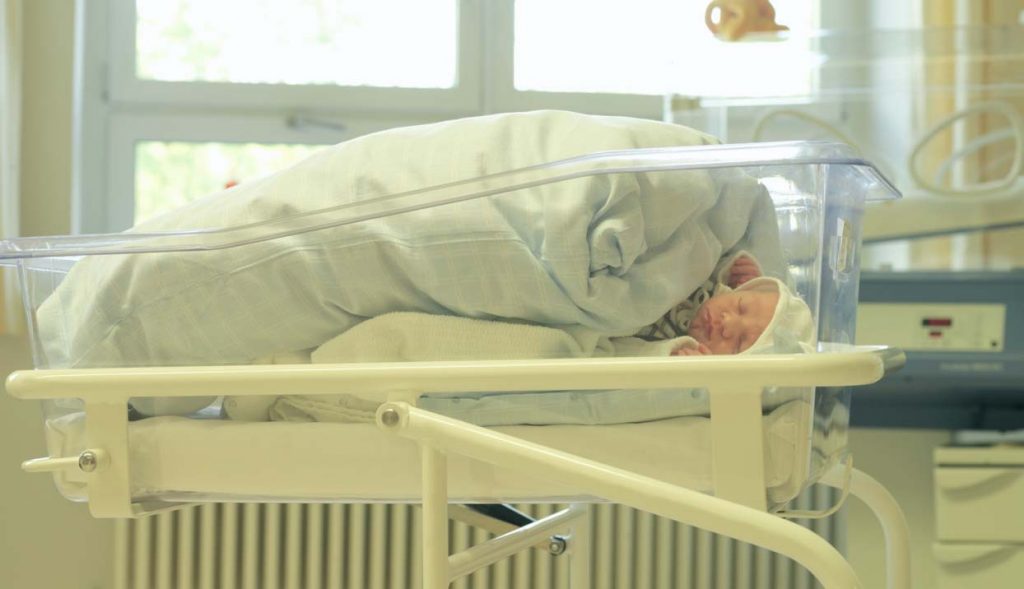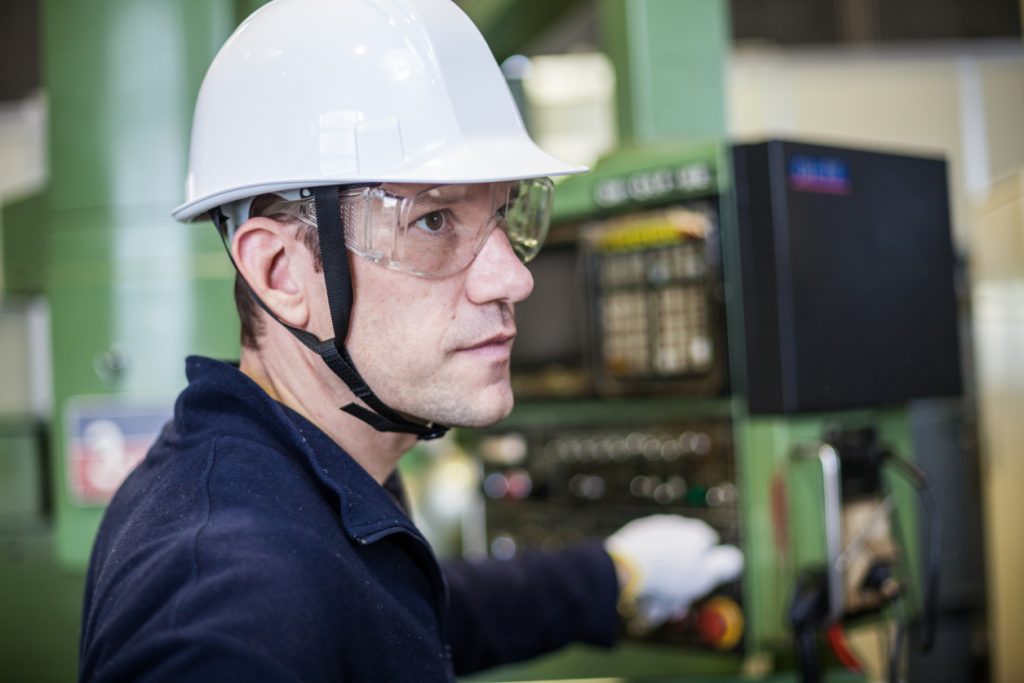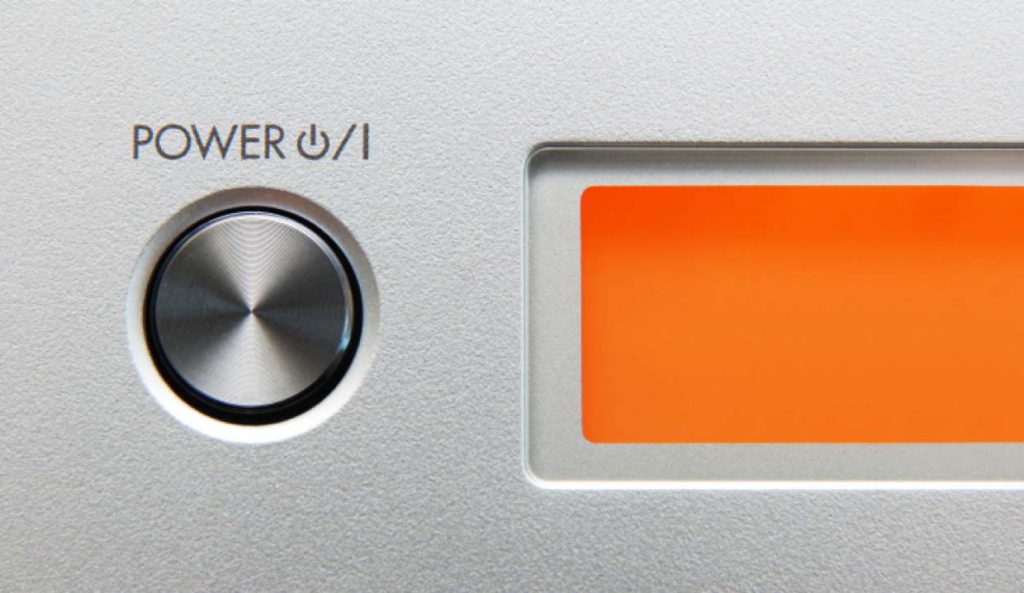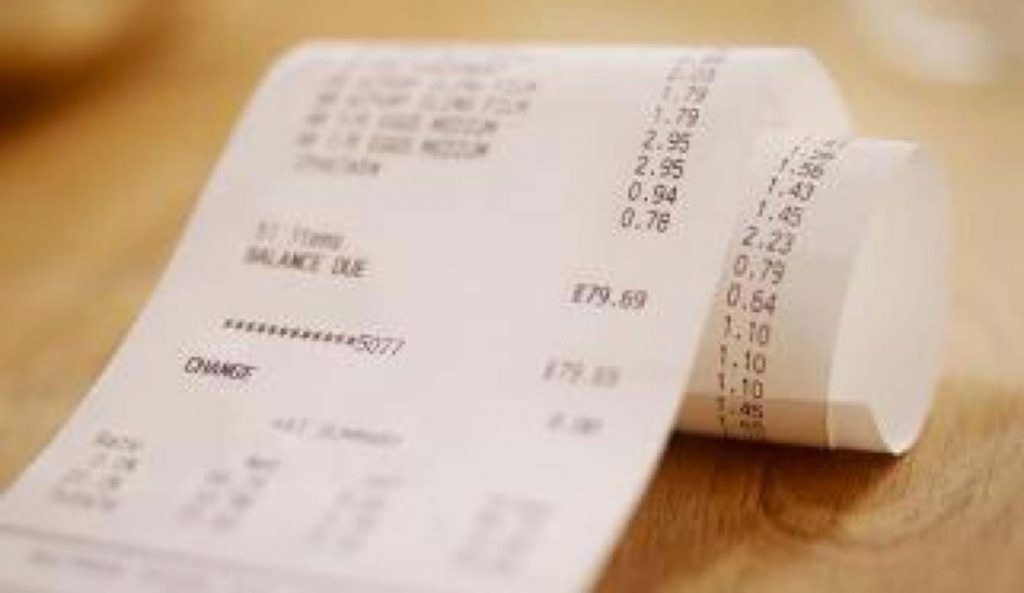BPA in Common Products

Many plastic products contain BPA, including some food and drink containers. Because it is so widely used, Bisphenol A (BPA) has also been studied extensively. Polycarbonate and epoxy resins made with BPA have been thoroughly tested and deemed safe for use in food and beverage containers by regulatory authorities.
Researchers worldwide from government agencies, academia and industry have studied the potential for BPA to migrate from polycarbonate products into foods and beverages. Likewise, they have studied the potential for BPA to migrate from various epoxy resin formulations into foods and beverages. These studies consistently show that migration of BPA into food is extremely low.
Polycarbonate is a type of plastic that is clear, lightweight, heat resistant, and shatter resistant. This unique combination of attributes makes polycarbonate an optimal material for a wide variety of applications, many of them involving direct contact with foods and beverages.
A consumer would have to ingest more than 1,300 pounds of food and beverages in contact with polycarbonate plastic every day for an entire lifetime to exceed the safe level of BPA set by U.S. government agencies in 2018.
BPA is a component in many plastic items. The following BPA product list includes some of the most common:
BPA in Consumer Products

Protective and Corrective Eyewear
Polycarbonate protects eyes because it is extremely strong and difficult to break—especially important in eyewear and protective face shields for sports.
Polycarbonate lenses and visors are highly shatter-resistant and, because they are extremely light weight, they make thinner, lighter lenses that are comfortable to wear.
Children’s (and Adult) Safety Equipment
While not widely used in toys, polycarbonate plastic is used in sports safety equipment such as bicycle helmets, shin guards and goggles for its shatter-resistant properties.
Food Containers
BPA is used to make strong, shatter-resistant polycarbonate plastic that provides a clear view of food in durable and heat resistant containers that are reusable and help keep food fresh.
BPA in Commercial and Industrial Products

Coatings
Epoxy resins made with BPA are high-performance polymers used in many marine protective coatings to shield the hulls of ships, offshore oil drilling platforms, water ballast tanks and cargo tank linings. BPA also is used to make powder coatings used to protect steel furniture, metal roofing and garage doors, automotive parts and gardening tools and equipment.
Electronic Equipment
Polycarbonate plastic provides manufacturers with best-in-class performance and the durable material often used in electronic equipment housing units, including cell phones, laptops, tablet computers, PDAs, electronic game consoles and handheld computer gaming units. The strength of polycarbonate helps prevent the housing units from breaking and polycarbonate films help prevent scratches on the screens.
BPA in Store Sales Receipts

Some thermal paper receipts can contain BPA as a component of the heat sensitive coating that allows for inkless printing. This paper technology provides speedy, reliable and cost-effective printing.
A 2011 investigation of the safety of thermal paper receipts containing BPA by the Danish Environmental Protection Agency concluded that these products are safe for consumers. According to the Danish agency, “the receipts do not pose a risk to consumers or cashiers who handle the receipts. Even if they are pregnant and even when taking into account the amount of BPA that also comes from food.”
We know a great deal about how the human body processes minute exposures to BPA from testing human volunteers, and available data suggests that BPA is not readily absorbed through the skin. Additionally, biomonitoring data from the U.S. Centers for Disease Control shows that total consumer exposure to BPA, which would include exposure from receipts, is extremely low.
BPA in Baby Bottles and Sippy Cups
On July 17, 2012, the U.S. Food and Drug Administration (FDA) revised its regulation on food-contact use of polycarbonate plastic to exclude baby bottles and sippy cups. This action, which was requested by the American Chemistry Council (ACC), brings certainty to consumers that BPA is no longer used to manufacture these products.
This action was not based on any finding or concern that these products are unsafe. Because manufacturers who make these products for the U.S. market no longer were using BPA in baby bottles and sippy cups, there was no practical need for industry or government officials to spend further time and effort on a matter that was not relevant in the current marketplace.
BPA-Free Baby Bottles
Government regulatory bodies, including the U.S. FDA and the Health Canada, have found that BPA is safe for use in food-contact materials, including products such as baby bottles and sippy cups. However, manufacturers of baby bottles and sippy cups announced several years ago that due to consumer preference they had stopped using BPA in these products and FDA’s action provides certainty for consumers. For more information on BPA safety, click here.